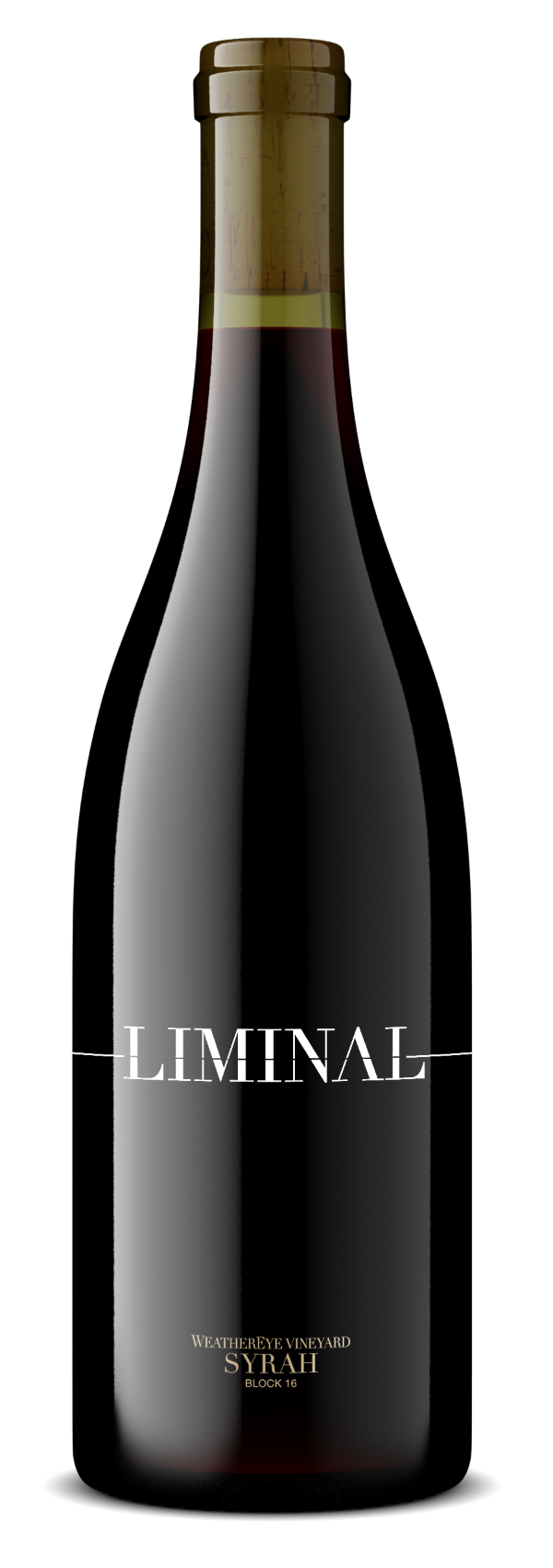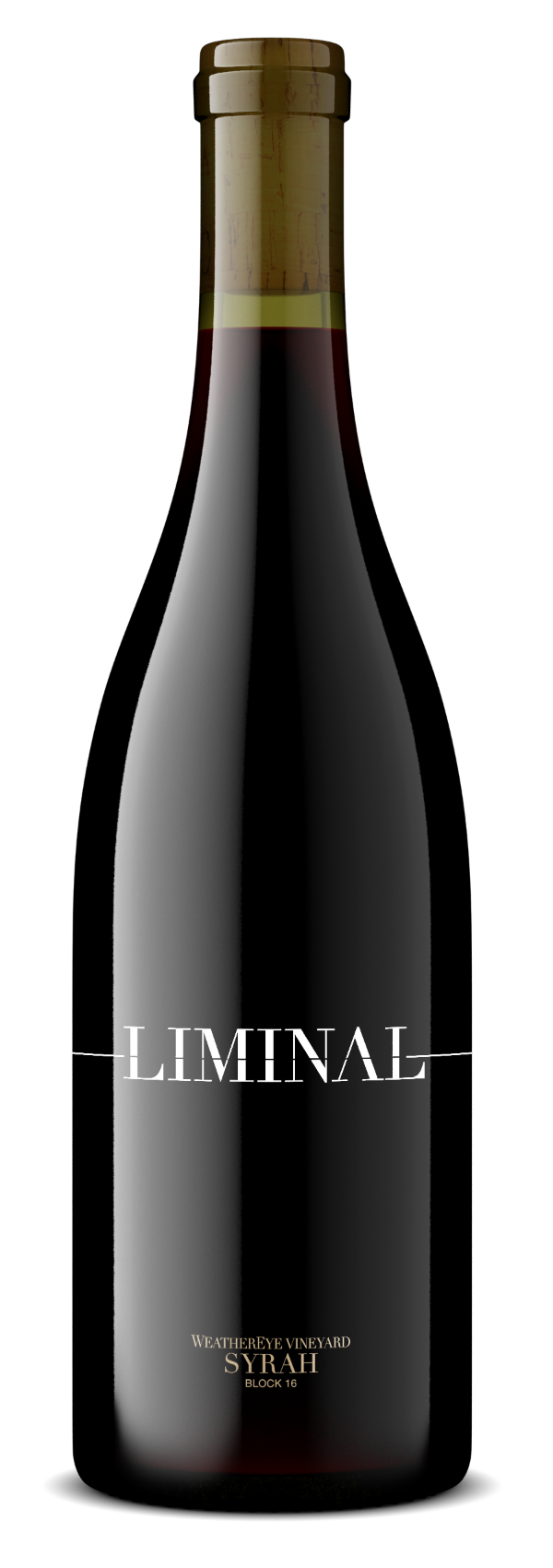1
/
of
1
Liminal Winery Syrah Block 16 Weather Eye Vineyard - 2019 (750ml)
Liminal Winery Syrah Block 16 Weather Eye Vineyard - 2019 (750ml)
Regular price
$65.99
Sale price
$65.99
Regular price
$79.99
Unit price
/
per
Winemaking
Steel native ferment. Aged 16 months in 25% new French oak and 500L puncheon.
Place
This comes from the highest planting on WeatherEye, a small north-facing, 1-meter by 2-meter block. It has immediately distinguished itself from the Red Mountain side and shows a great complexity.
Winemaker’s Notes
Black, black cherry and elderberry reduction, savory olive tinge, wild yarrow—spring violets, herbs blown up the mountain—
sleek strength, resolute, mountain stream river rock—
from the vertiginous north-facing heights,
bracing the elements, its core stronger for the effort.
Availability:
1 In Stock
$25 Shipping on Orders +$299
Couldn't load pickup availability
Share :

- varietal
- Region
- Type
- Reviews
Merlot has a reputation for producing smooth, velvety wines that vary depending upon the climate and soil type. Warm conditions on clay soils often produce soft, fruit forward styles. Cool, higher elevation sites produce wine with a slightly more austere structure. It still reigns as one of the world's most noble varieties forming the majority of the blend in Bordeaux’s right bank vineyards of Pomerol and Saint-Emilion. It is now prevalent across the world, achieving particular success in South America, California, and Washington. In central Italy, Merlot is either bottled as a varietal or blended with Sangiovese and Cabernet Sauvignon to form Indicazione Geografica Tipica's (IGT), known as Super Tuscans.
Red wine is wine made from dark-coloured grape varieties. The color of red differs based on the grapes variety or varieties used.Interestingly, black grapes yield a juice that is greenish-white. The actual red color comes from anthocyan pigments (also called anthocyanins) from the skin of the grape (exceptions are the relatively uncommon teinturier varieties, which produce a red colored juice). Most of the production centers around the extraction of color and flavor from the grape skin.


